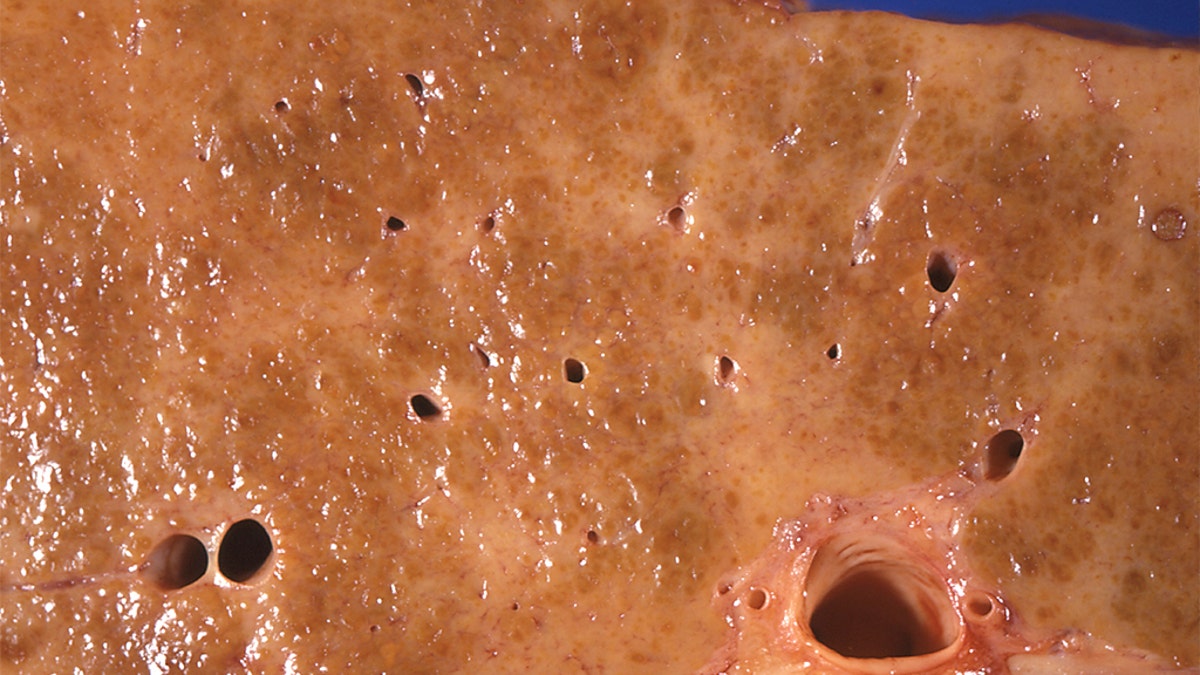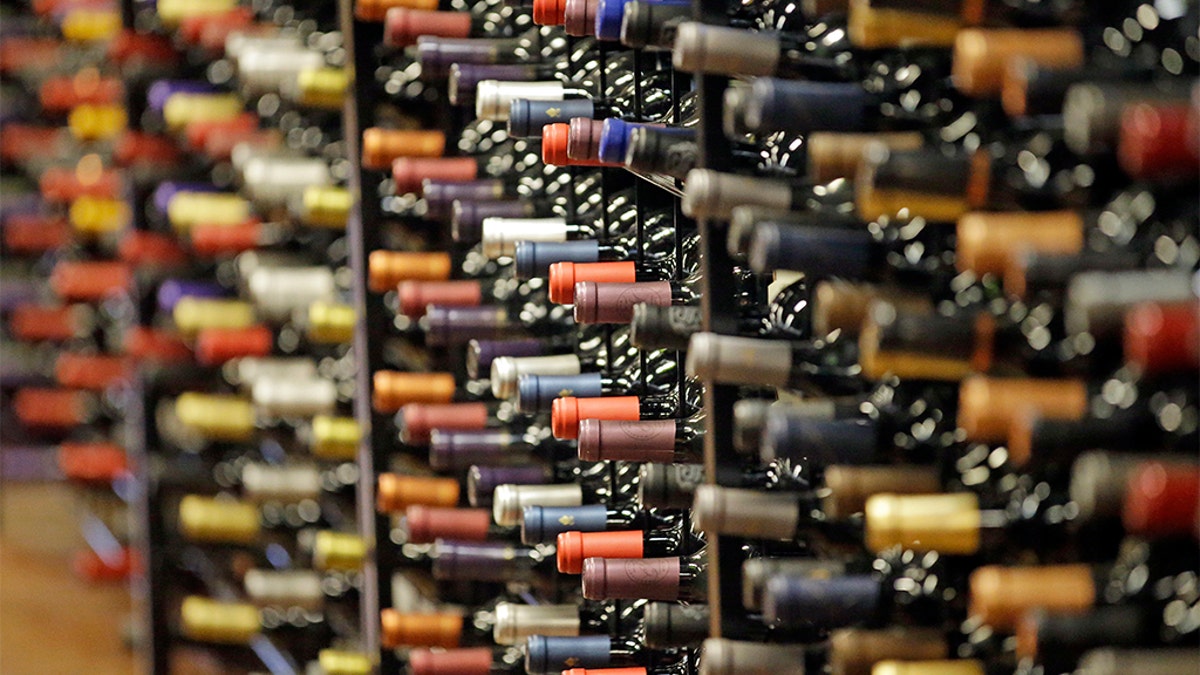Fox News Flash top headlines for Jan. 14
Fox News Flash top headlines for Jan. 14 are here. Check out what's clicking on Foxnews.com
America still has a problem with alcohol, say public health experts.
Americans are drinking more now than when Prohibition was enacted in 1920, and alcohol-related deaths have been rising for the last two decades, according to federal health statistics.
The stats show a rise in per-person consumption and increases in emergency room visits, hospitalizations and deaths tied to drinking.
It’s unclear and unknown when the stats shall fall again.
“Consumption has been going up. Harms (from alcohol) have been going up,” said Dr. Tim Naimi, an alcohol researcher at Boston University. “And there’s not been a policy response to match it.”

This 1971 photo made available by the Centers for Disease Control and Prevention shows an alcoholic cirrhosis liver specimen from an autopsy showing a dense network of scar tissue in response to chronic injury from alcohol abuse. (Dr. Edwin P. Ewing, Jr./CDC via AP)
FOLLOW US ON FACEBOOK FOR MORE FOX LIFESTYLE NEWS
Excessive drinking is associated with chronic dangers such as liver cancer, high blood pressure, stroke and heart disease. Drinking by pregnant women can lead to miscarriages, stillbirths or birth defects. Health officials say alcohol is a factor in as many as one-third of serious falls among the elderly.
It’s also a risk to others — through drunken driving or alcohol-fueled violence. Research based on surveys suggests that more than half of the alcohol sold in the U.S. is consumed during episodes of binge drinking.
More than 88,000 Americans die each year as a result of excessive drinking, a figure higher than the opioid-related deaths seen in a current drug overdose epidemic, according to the Centers for Disease Control and Prevention.
This month, researchers at the National Institute on Alcohol Abuse and Alcoholism released a different calculation of alcohol-related deaths. They scanned death certificates from more than two decades to search for mention of alcohol. The numbers were lower, at a little under 73,000 in 2017. The researchers said death certificates can be incomplete and their number is likely an undercount.
The more important finding, other researchers said, was that the number of alcohol-related deaths had doubled since 1999, and the death rate had risen 50 percent. Some or much of that may be related to the increasingly deadly drugs used in the overdose epidemic, since many people drink while taking drugs, said Aaron White, the study’s lead researcher.
CLICK HERE TO SIGN UP FOR OUR LIFESTYLE NEWSLETTER

FILE - This Monday, Jan. 28, 2019 file photo shows the scene of a multiple vehicle accident involving two trucks and a bicyclist in Honolulu. Police say a suspected drunk driver slammed into a crowded Honolulu intersection, killing two pedestrians and a bicyclist and injuring five people including himself. (Cindy Ellen Russell/Honolulu Star-Advertiser via AP)
In the late 1910s, just before Congress banned the sale and manufacture of alcoholic beverages, each American teen and adult was downing just under 2 gallons of alcohol a year on average.
These days it’s about 2.3 gallons, according to federal calculations. These figures work out to nearly 500 drinks, or about nine per week.
Historians say drinking was heaviest in the early 1800s, with estimates that in 1830 the average U.S. adult downed the equivalent of 7 gallons a year.
That waned as the temperance movement pushed for moderation, abstinence and, later, a national ban on the manufacture and sale of alcohol.
In 1919, Congress passed the 18th Amendment, instituting the ban. It went into effect on January 17, 1920 — 100 years ago, this Friday — and lasted 13 years.
In 1934, a year after Prohibition was repealed, per-capita consumption was under 1 gallon. It’s been up and down since then. The apex was a heavy-drinking spell in the 1970s and 1980s, when U.S. per-person alcohol consumption was 2.75 gallons.
It went down in the mid-1980s, amid growing attention to deaths from drunken driving and after Congress passed a law raising the drinking age to 21. But it began climbing again in the mid-1990s.
“I think people sort of forgot all the problems” with alcohol, said William Kerr, senior scientist at the California-based Public Health Institute’s Alcohol Research Group.

FILE - In this June 16, 2016, file photo, bottles of wine are displayed during a tour of a state liquor store, in Salt Lake City. (AP Photo/Rick Bowmer, File)
CLICK HERE TO GET THE FOX NEWS APP
Currently, there are signs that some people are taking alcohol seriously — such as the “Dry January” movement making the rounds on social media.
The Associated Press contributed to this report.

